Montrealers are heading to the polls on November 2 to elect a new mayor. While the citizens have the democratic privilege of voting, the Dead certainly do not. As such, Haunted Montreal will be representing them and making demands to the mayoral candidates on their behalf. Generally-speaking, the Dead want two things: to be remembered and to be respected.
Happy New Year and welcome to the one hundred and first installment of the Haunted Montreal Blog!
With over 500 documented ghost stories, Montreal is easily the most haunted city in Canada, if not all of North America. Haunted Montreal dedicates itself to researching these paranormal tales, and the Haunted Montreal Blog unveils a newly researched Montreal ghost story on the 13th of every month!
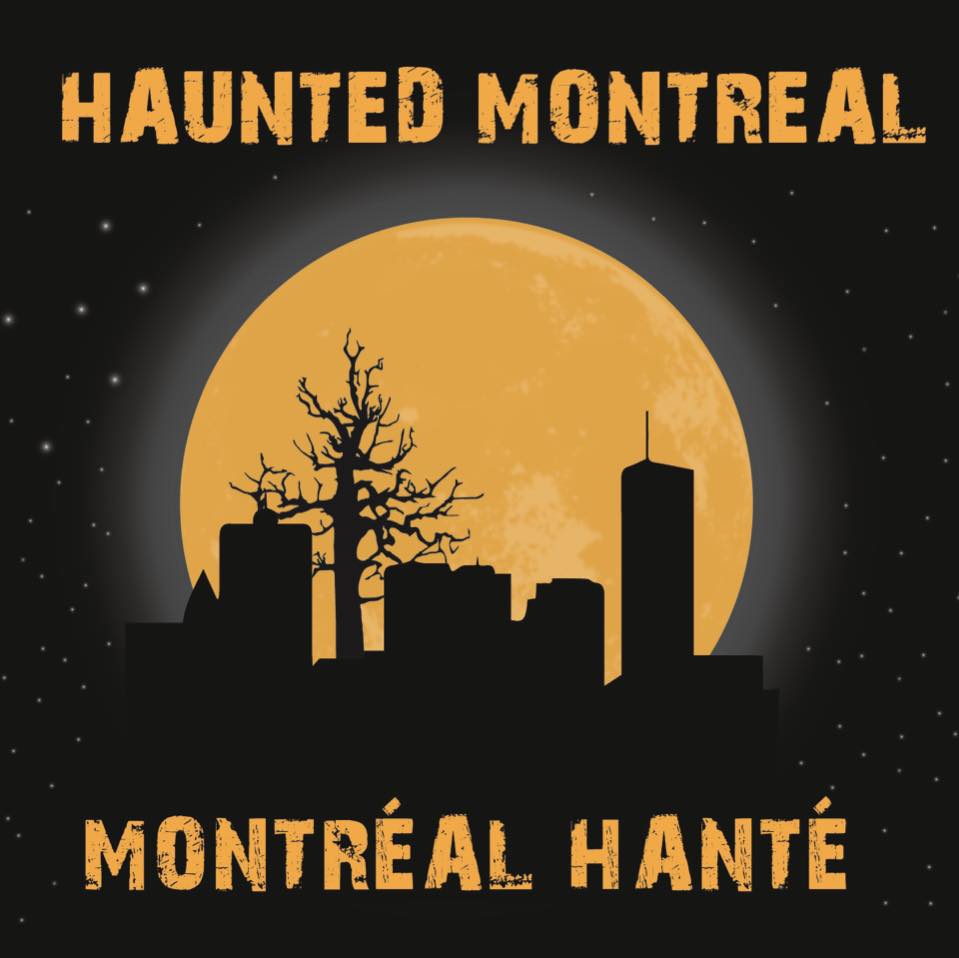
This service is free and you can sign up to our mailing list (top, right-hand corner for desktops and at the bottom for mobile devices) if you wish to receive it every month on the 13th! The blog is published in both English and French!
With the winter upon us, our public tours are on pause until March, when the weather warms up. However, our Haunted Pub Crawl is offered every Sunday at 3 pm in English. Tours in French happen on the last Sunday of every month at 4 pm.

Private tours for all of our experiences (including outdoor tours) can be booked at any time based on the availability of our actors. Clients can request any date, time, language and operating tour (except Haunted Mountain due to wintry conditions). These tours start at $215 for small groups of up to 7 people. Email info@hauntedmontreal.com to book a private tour!
We also have an online store for those interested in gift certificates and company merchandise. More details are below in our Company News section!
This month we examine the Sûreté du Québec Police Headquarters on Parthenais Street. Built on the site of Montreal’s first Women’s Prison, the building reeks of paranormal activity – and sometimes horrible burnt food!
Haunted Research
The massive Sûreté du Québec Police Headquarters on Parthenais Street is rumored to host all sorts of paranormal activity. Disembodied screams are known to echo throughout the building, officers have spotted a ghostly inmate wearing a straitjacket, and sometimes the nauseous stench of burnt food wafts through the air, disgusting staff members.

Located at 1701 Rue Parthenais in eastern downtown, the expansive modernist headquarters was built in 1965. In 2001, it was named the Wilfrid Derome SQ Building after a Quebec scientist who founded the first forensic science laboratory in North America, in Montreal.
To facilitate construction of the new headquarters, the Fullum Street Women’s Prison, which was located on the site, had to be demolished.
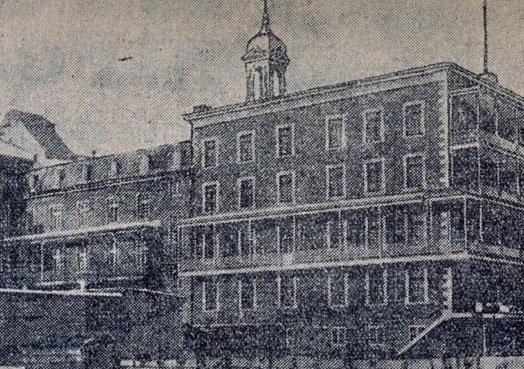
The SQ Headquarters bustles with activity 24 hours a day as the home to Quebec’s largest police force, which includes around 5000 officers. The SQ is responsible for overseeing law enforcement across Quebec, apart from cities that have their own municipal police force.
Founded on February 1, 1870, by the Quebec government, it was initially called the Police provinciale du Québec. In 1930, the force was rebranded as Sûreté provinciale du Québec, which was later shortened to its present name.

The SQ Headquarters also hosts the Laboratoire des Sciences Judiciaires et de Médecine Légale and the Coroner’s Office, meaning there are often cadavers in the building.
The coroner investigates violent or mysterious deaths and is temporarily responsible for the body of the deceased.

The coroner must establish the deceased’s identity and may order an autopsy, toxicological analyses or any other scientific expertise deemed necessary before entrusting the body to the family.
With so much creepy activity and disturbing historical rumours, some people believe the headquarters is haunted. First-person reports indicate that staff sometimes hear disembodied screams echoing down the hallways. This prompts officers to rapidly search for the source, in case someone is injured or having a mental health crisis. There is never any evidence, leaving some to think the deranged screams are of the paranormal variety.

There have also been sightings of a female ghost in an old straitjacket, wandering the area where the holding cells are located or sitting on a bed in an empty cell.
Additionally, other unexplained activity such as the stench of burnt food and endless cockroach infestations can leave staff members on edge.
The history of the site stems from a scathing 1852 report into Montreal jails by Dr. Wolfred Nelson, Inspector of Prisons at the time. Dr. Nelson was the ideal person to make recommendations on improving life in the prisons, having been locked up himself for participating in the Patriote’s Rebellion of 1837.
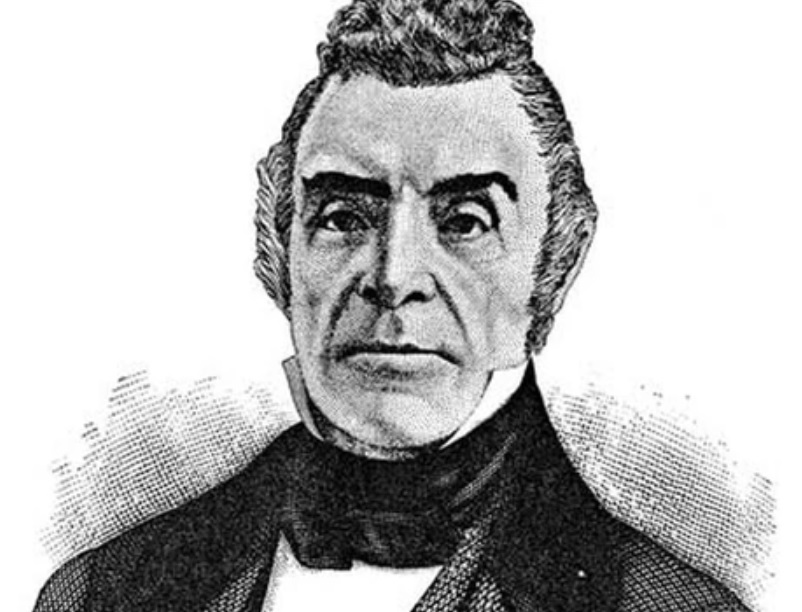
Once the rebellion was brutally crushed by British redcoats, Dr. Nelson and other rebels were arrested and imprisoned. When the new prison at Au-Pied-du-Courant was filled up beyond capacity, officials realized that they needed more space for incarceration.
As such, the old and decrepit Montreal Jail on Notre-Dame Street was reopened. Dr. Nelson spent seven months in this crumbling prison. In 1838, authorities exiled him to Bermuda.
In 1843, Dr. Nelson took advantage of an amnesty to return to Canada and resumed his medical practice in Montreal. He would eventually enter politics and serve as a Member of Parliament for Richelieu before retiring to become the Prison Inspector. Dr. Nelson would later serve as the Mayor of Montreal.
In his report, Dr. Nelson wrote: “My sojourn for seven months in the Montreal jail gave me such a practical knowledge of prison affairs, the accursed abuses that prevailed there . . . and the uncalled for miseries that were inflicted on the prisoners.”
Dr. Nelson cited Montreal Sheriff John Boston: “It is very common to see incarcerated people who are simply without shelter or means. People advanced in age, the ill, the disabled and the mad are often sent to the jail under a very indefinite charge as being dissolute, shiftless or disturbers of the peace.”
Approximately 20% of the 200 prisoners in the Montreal jail were children and most of them had not been convicted of a crime. They were simply following their incarcerated parents because they had nowhere else to go. The imprisoned children were put to work picking oakum, or unravelling old, tarry rope to be reused as caulking.
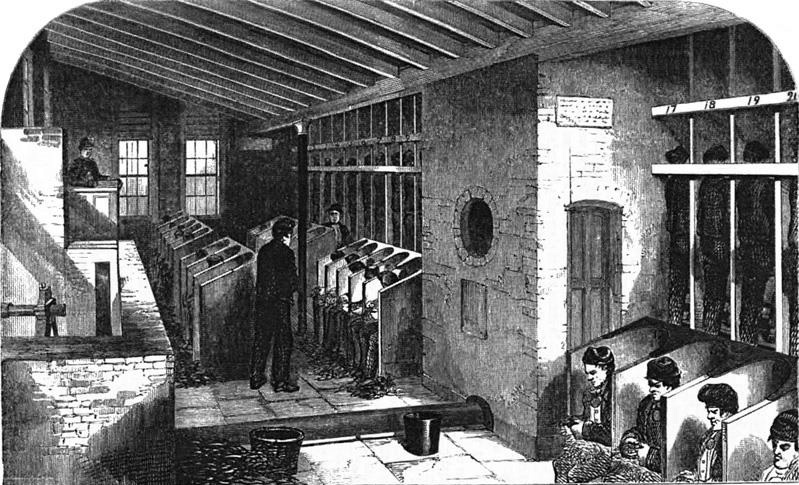
Pierre Beaubien, the jail’s medical supervisor, declared: “The gaol of Montreal is most improperly called a gaol. It should be designated by all the different names of different asylums of all human infirmities. It might even be called a lying-in hospital – for the number of pregnant women admitted. … The gaol is not less entitled to the designation of a lunatic asylum, if we may judge from the number of lunatics sent there. … Many unfortunate persons … being homeless are hurried at once to the gaol in order to clear the streets of them.”
Dr. Nelson’s damning report would lead to the construction of Montreal’s first prison for women. Located on Fullum Street, it opened in 1876. Run by the Soeurs de Bon-Pasteur, the jail was also known as the Asile Sainte-Darie.

However, the segregation of men and women did not alleviate the misery encountered in Montreal jails, including the Fullum Street Women’s Prison. Indeed, by all accounts it was a horrible place to be imprisoned.
On February 4, 1950, the Montreal Standard published an article entitled “Ex-Inmate Tells of Ordeal in Jail”. Written by former prisoner Margaret Stone, the article puts in focus the horrors she encountered in the jail.

She explained: “I went into the Protestant section of the Fullum street jail on April 2, 1949. I spent five months and four days there. I had been using drugs. They put a blue cotton dress on me and threw me into a cell. They gave me one phenobarbital pill…They gave me a dirty old slop pail that smelled. I lost consciousness I was very sick and I didn’t remember much for five days. I asked for a glass of water when I first came to and got bawled out for it.”
Margaret also recalled the disgusting food that was served in the jail: “Supper is at 5 pm. The most horrible soup imaginable, a table spoon of molasses, three pieces of dried bread and that tea. I was hungry the whole time I was there. It was awful…Saturday noon we had turnip soup. We call it “garbage soup.”

Concerning the other inmates, Margaret noted: “They’ve been sending mental patients there for about two years, both Catholics and Protestants. They all go there until they are committed and passed by the doctor. Some are there for so long as two months. They are living on jail food that is rotten. They don’t get any milk. There are no trained people to look after them. They keep the fresh one in straitjackets and there is no treatment for of any kind.”

In one example, Margaret stated: “I remember a girl. She was about 30. She died on a Monday morning after she had been here in five days. Her brother brought her. He said later he never would have done it if he had known about conditions there. They put her in a straitjacket. Her stomach was flat and her ribs stuck out. She hadn’t been eating and she just lay in her cell. She looked very ill to me, so I told a matron she should have a doctor. They didn’t pay any attention.”
The girl died three days later after a guard finally called a doctor who was unable to treat her properly. Recalling the girl’s deathbed, Margaret wrote: “The smell was terrible and the flies were everywhere.”

In 1960, the province took over the Fullum Street Women’s Prison from the Soeurs de Bon-Pasteur as part of a larger secularization plan. The old jail was demolished five years later to make way for the new SQ Headquarters.
However, it wasn’t long before staff members began noticing unexplained – and possibly paranormal – activities. The most common occurrence was the disembodied screams that rattles the nerves of the officers on duty.
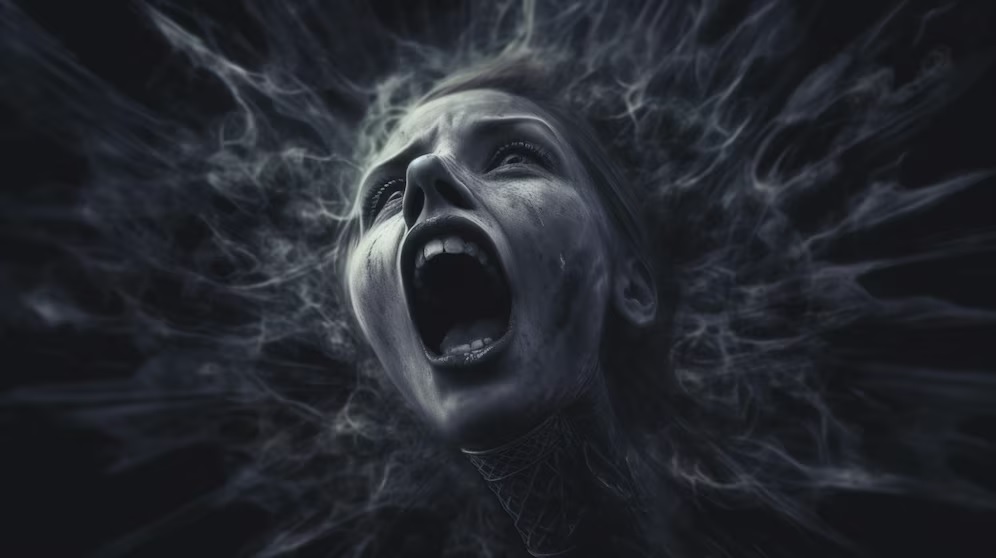
One officer exclaimed: “The screaming happens every few months in general. It always starts with a faint wailing or crying sound and then gets louder and louder into full-blown screaming. It usually lasts anywhere from one to five minutes before stopping abruptly. We have searched every inch of the building and have never found any source for these wailing noises.”
Furthermore, on at least three occasions staff have reported what appeared to be a female ghost in an old straitjacket, either in or near the holding cells. The first time it happened, an officer doing the rounds spotted her. Terrified, he ran to his superior’s office to report the situation. When they both returned to the scene of the sighting, she was no longer there.

Unimpressed, the senior officer thought his subordinate might be delusional. However, being diligent, he made a plan nevertheless and instructed his team to detain and interrogate any people spotted wearing straitjackets.
On the two other occasions when she appeared, the police officers did try to interrogate her – only to have her vanish before their eyes before she answered any of their questions.
Lastly, the bizarre stench of burnt food sometimes wafts through the building, in many cases far away from any kitchen facilities. The smell has been described as “disgusting and nausea-inducing”.

Again, after searching the building from top to bottom, no source for the stench has ever been found.
Given these bizarre occurrences, some of the staff speculate that the paranormal activity stems from the former Fullum Street Women’s Prison. It is not uncommon for new buildings constructed on haunted sites to retain some of the hauntings. Such is the case with Duggan House on McTavish Street and the new Hautes Études Commerciales school built on the site of St. Bridget’s Refuge.
It is also worth noting that the Sûreté du Quebec headquarters also has a cockroach problem.

Police staff have found cockroaches, both dead and alive, on almost every floor. The insects have been discovered near elevator shafts, in hallways, bathrooms and offices.
Since 2017, the SQ has called in exterminators over 50 times to fumigate its headquarters but the roaches keep reappearing. Some officers believe the fact that they cannot rid themselves of the vermin is yet another example of paranormal activity at play.
One officer, who insisted on his anonymity, explained: “Using one of the best local exterminators, we have been unable to get rid of the cockroaches, despite over 50 treatments. This company has a strong reputation for getting the job done and yet at our headquarters the cockroaches keep coming back. How is this possible in a relatively modern building?”
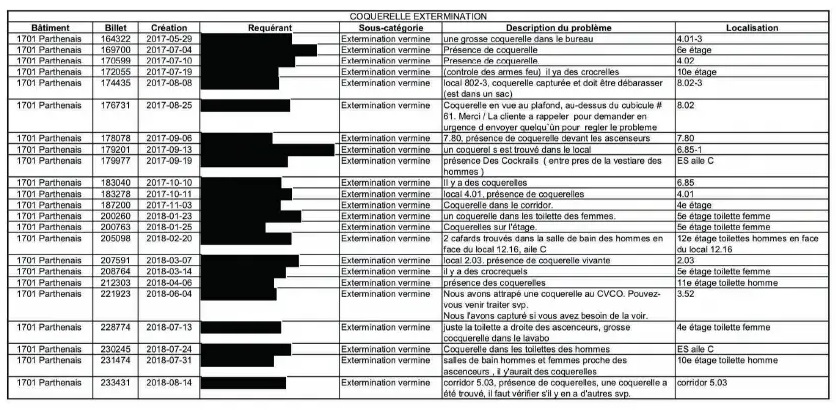
Returning to the history of the Fullum Street Women’s Prison, vermin was a major problem there as well. Indeed, Margaret Stone wrote: “I had caught parasites in the cell and had to have medicine to get rid of them.”
Given the strange disturbances at the SQ Headquarters, many paranormal experts have contacted the top brass to ask if they could investigate.

Unfortunately, due to security reasons, each request was denied.
As such, it is likely the headquarters will continue to endure these mysterious and sometimes alarming occurrences. Even if permission was granted to paranormal experts to get to the bottom of the situation, ghosts cannot be arrested and tried for mischief and disturbing the peace!
Company News
Haunted Montreal is now in the winter season!
Our Haunted Pub Crawl is offered every Sunday at 3 pm in English. Tours in French happen on the last Sunday of every month at 4 pm.
Private tours for any of our experiences (including outdoor tours) can be booked at any time based on the availability of our actors. Clients can request any date, time, language and operating tour (except Haunted Mountain due to wintry conditions) These tours are based on the availability of our actors and start at $215 for small groups of up to 7 people.
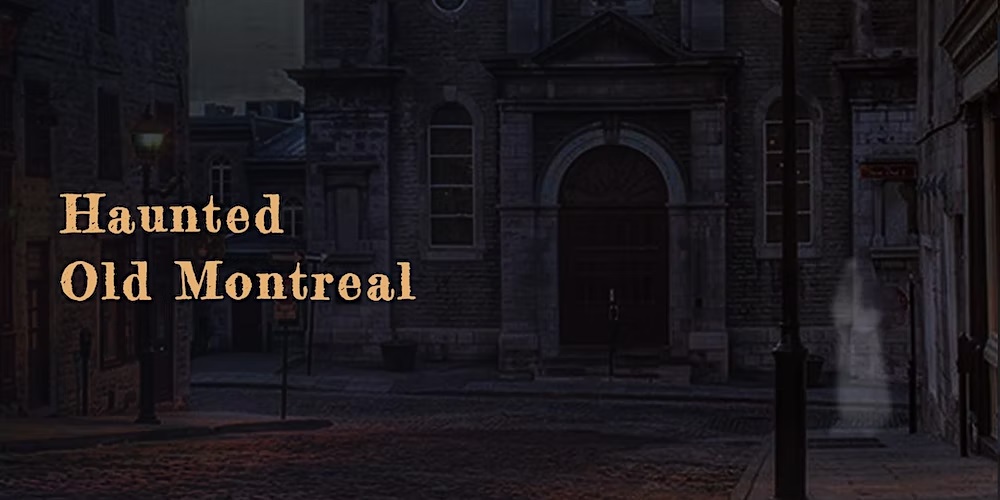
Email info@hauntedmontreal.com to book a private tour!
You can also bring the Haunted Montreal experience to your office party, house, school or event by booking one of our Travelling Ghost Storytellers today. Hear some of the spookiest tales from our tours and our blog told by a professional actor and storyteller. You provide the venue, we provide the stories and storyteller. Find out more and then contact info@hauntedmontreal.com
Our team also releases videos every second Saturday, in both languages, of ghost stories from the Haunted Montreal Blog. Hosted by Holly Rhiannon (in English) and Dr. Mab (in French), this initiative is sure to please ghost story fans!

Please like, subscribe and hit the bell!
In other news, if you want to send someone a haunted experience as a gift, you certainly can!
We are offering Haunted Montreal Gift Certificates through our website and redeemable via Eventbrite for any of our in-person or virtual events (no expiration date).
We also have an online store for those interested in Haunted Montreal merchandise for the holidays. We are selling t-shirts, magnets, sweatshirts (for those haunted fall and winter nights) and mugs with both the Haunted Montreal logo and our tour imagery.

Purchases can be ordered through our online store.
Haunted Montreal would like to thank all our clients who attended a ghost walk, haunted pub crawl, paranormal investigation or virtual event!
If you enjoyed the experience, we encourage you to write a review on our Tripadvisor page and/or Google Reviews, something that really helps Haunted Montreal to market its tours. We are a small, specialized tourism company for fans of deranged history, ghost stories and the macabre and appreciate all the support and feedback we can get!

Lastly, if you would like to receive the Haunted Montreal Blog on the 13th of every month, please sign up to our mailing list.
Coming up on February 13: Youville Stables
This charming stone complex in Old Montreal was built on the hospital grounds of the Grey Nuns in 1827 as a warehouse for Jean Bouthillier and his son. Originally used to store potash and later grains, it underwent a major redevelopment in 1967 and was rebranded Youville Stables. Today the site hosts the tony Gibbys Restaurant, one of Montreal’s finest steakhouses. However, there are reports that its courtyard is haunted by an irate ghost who sits on a bench while reading a book. When approached, he tends to look up as though annoyed and proceeds to glare at those intruding his solitude – before disappearing into thin air.
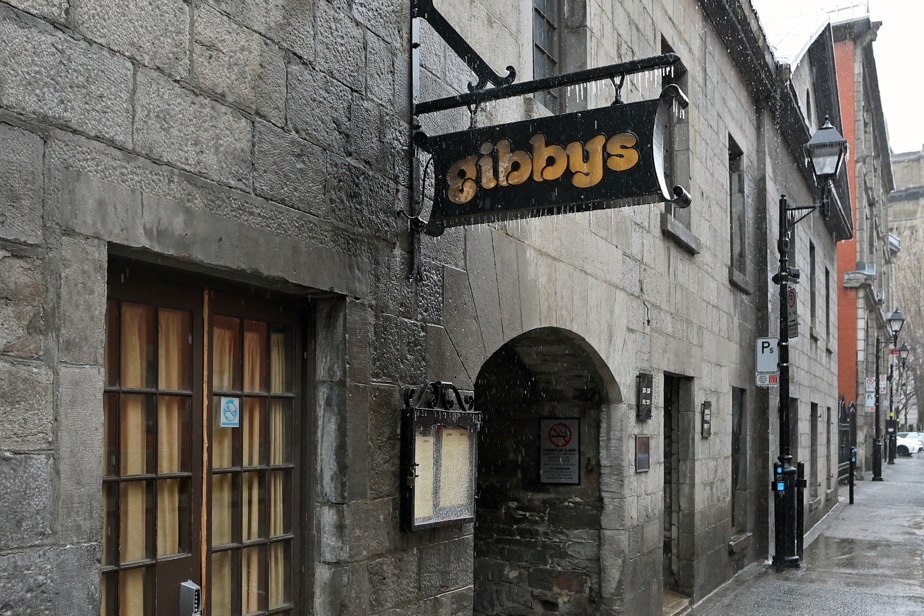
Author:
Donovan King is a postcolonial historian, teacher, tour guide and professional actor. As the founder of Haunted Montreal, he combines his skills to create the best possible Montreal ghost stories, in both writing and theatrical performance. King holds a DEC (Professional Theatre Acting, John Abbott College), BFA (Drama-in-Education, Concordia), B.Ed (History and English Teaching, McGill), MFA (Theatre Studies, University of Calgary) and ACS (Montreal Tourist Guide, Institut de tourisme et d’hôtellerie du Québec). He is also a certified Montreal Destination Specialist.
Translator (into French):
Claude Chevalot holds a master’s degree in applied linguistics from McGill University. She is a writer, editor and translator. For more than 15 years, she has devoted herself almost exclusively to literary translation and to the translation of texts on current and contemporary art.



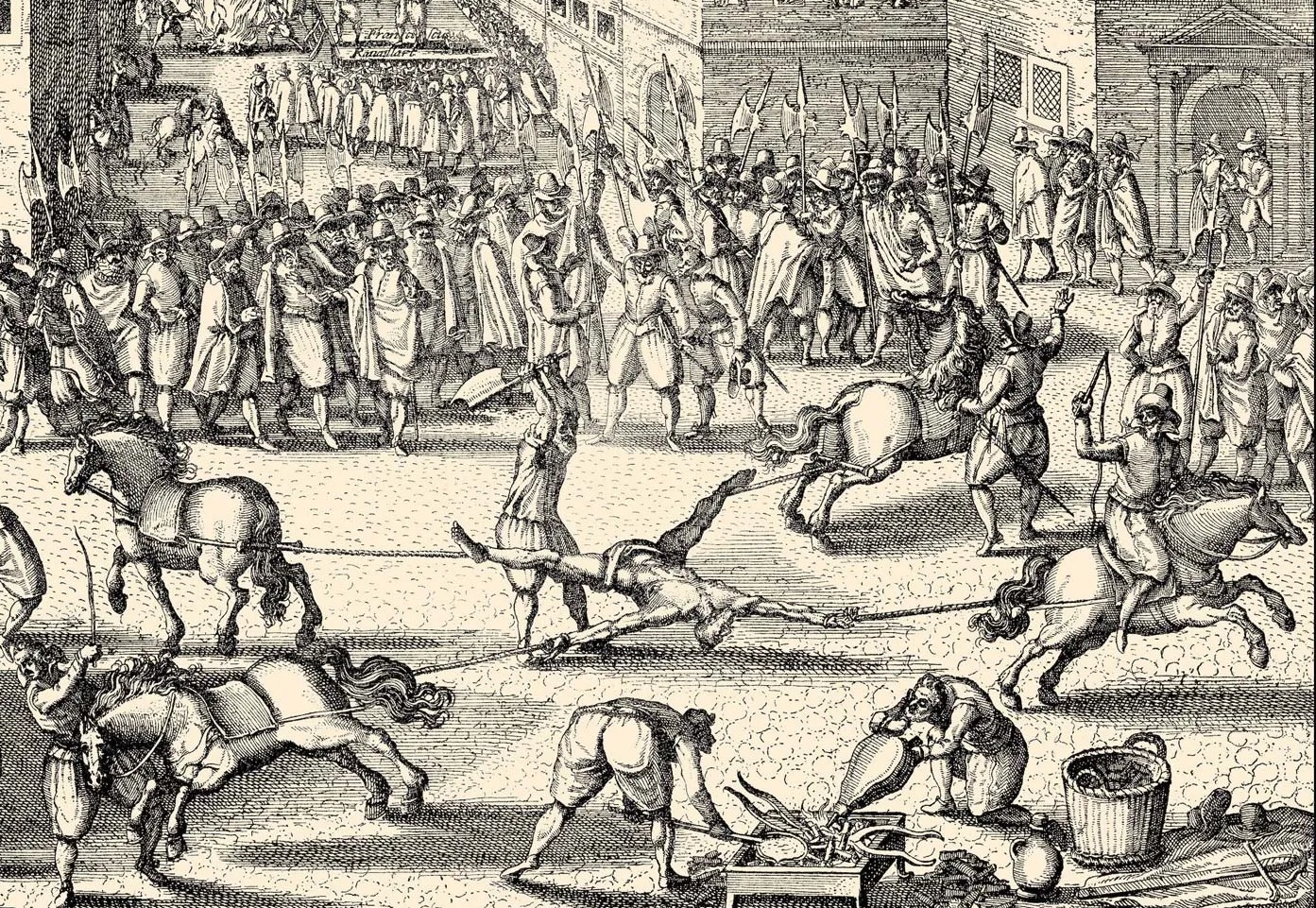
Always wonderful stories
This one is right up there!
Thankfully for me I’ve never spent anytime and this notorious centre, I’m not sure what would be scarier to be honest…
Cheers